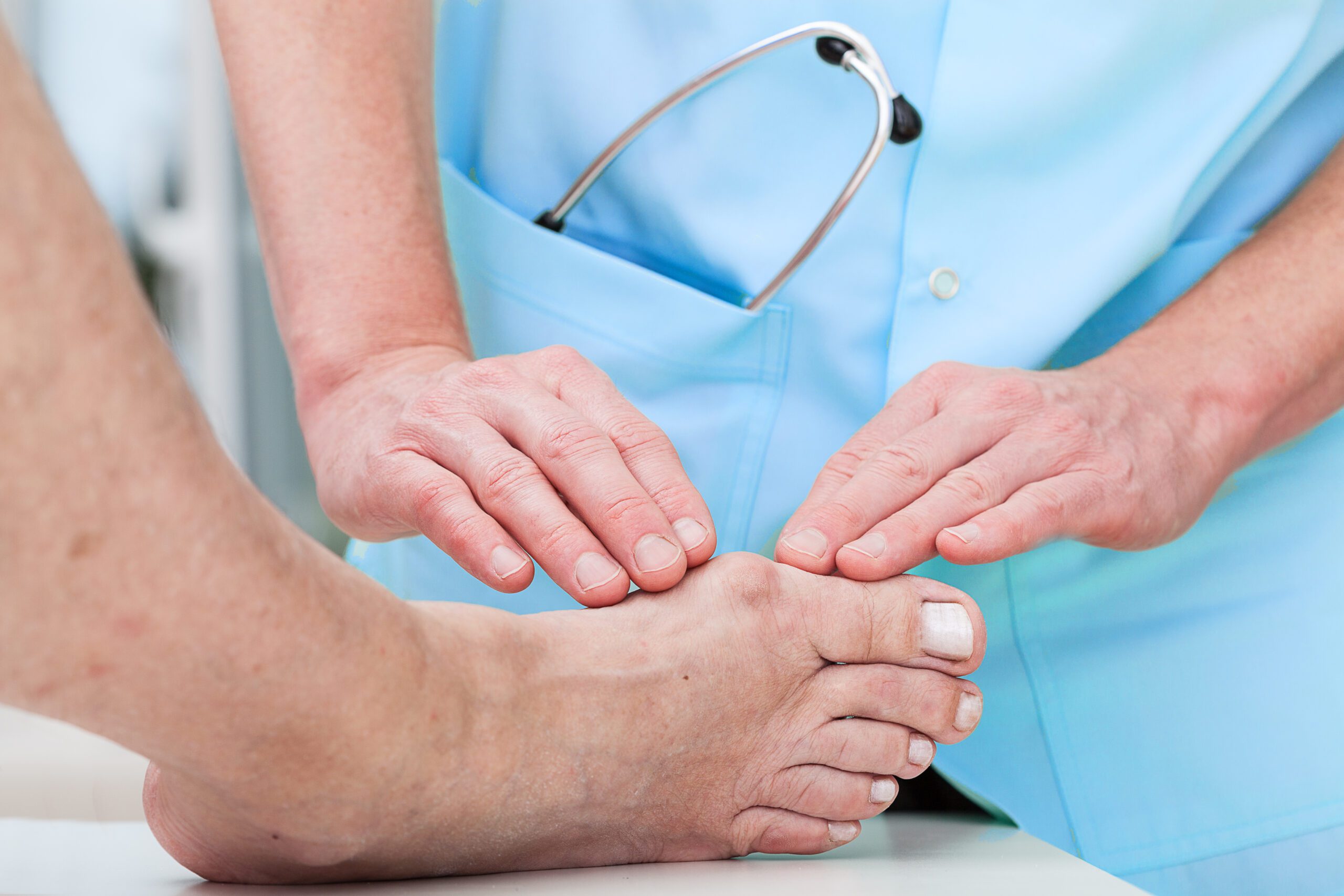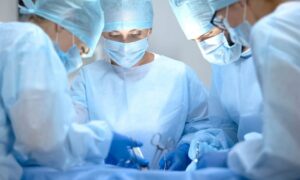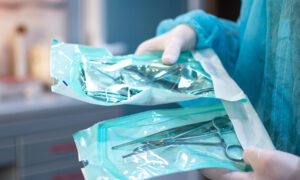Bunions are one of the most common forefoot deformities seen in orthopedic practice. They gradually affect the ability to walk comfortably, limit mobility, and change the overall structure of the foot. For many patients, the discomfort grows slowly over time until simple tasks, like standing, exercising, or fitting into shoes, begin to feel more difficult than they should. As orthopedic care continues to evolve, new methods now offer patients more reliable ways to restore alignment and improve long-term function. This article explains these advanced techniques and how modern orthopedic surgery aims to correct bunions in a way that enhances mobility and protects the foot’s natural structure.
Understanding the Nature of a Bunion Deformity
A bunion forms when the big toe gradually shifts toward the smaller toes, causing the bone behind it (the first metatarsal) to rise or angle outward. This creates a visible bump on the side of the foot. Although some believe bunions are only related to footwear, orthopedic specialists know that genetics, foot shape, and abnormal joint mechanics are often the deeper causes. Over many years, the joint loses stability, the surrounding ligaments weaken, and the big toe can no longer support the body weight correctly. As the deformity progresses, mobility decreases and joint inflammation becomes more frequent.
For this reason, the goal of modern orthopedic care is not only to relieve pain but also to restore alignment, improve gait, and reduce the risk of future joint degeneration.
Orthopedic Evaluation and Diagnostic Precision
Accurate diagnosis is vital in determining the appropriate level of care. Orthopedic specialists evaluate bunions through physical examination, weight-bearing X-rays, and advanced imaging when needed. These tests show the exact angle of deformity, the integrity of the joint, and the condition of surrounding soft tissues. Gait analysis is also used to understand how a patient’s biomechanics contribute to the deformity. This meticulous approach ensures a tailored plan that matches the severity of the bunion and the patient’s lifestyle.
Non-Surgical Approaches in Orthopedic Care
Although many patients eventually require surgical correction, conservative treatments still play an important role in mild or early-stage deformities. Orthopedic specialists often recommend supportive footwear, custom orthotic devices, and targeted physical therapy. These methods cannot reverse a bunion, but they can reduce pain, improve joint mobility, and slow the deformity’s progression.
Anti-inflammatory medications, ice therapy, and toe spacers provide additional relief for day-to-day discomfort. When used consistently, these strategies help maintain function while preventing unnecessary stress on the joint. Patients who respond well to conservative care may delay or avoid surgery, depending on the severity of their condition.
Advanced Techniques in Modern Bunion Surgery
When conservative care no longer helps, orthopedic surgery becomes a reliable way to restore proper foot alignment. Newer surgical methods offer better precision, quicker recovery, and improved long-term results. One major advancement is the rise of minimally invasive bunion procedures, which use very small incisions to reduce tissue damage and discomfort. Through these tiny openings, surgeons can realign the bones, correct joint angles, and stabilize the foot with specialized instruments.
A significant development in orthopedic surgery is the move toward metal-free fixation. Some procedures use bio-integrative implants that gradually incorporate into the bone. These implants help stabilize the foot without leaving permanent metal hardware behind, providing a more natural healing process. These modern solutions can be explored through resources such as bunion treatment, which describe advances in materials used for surgical correction.
By focusing on restoring the metatarsal position, correcting tendon imbalances, and aligning the big toe joint, these techniques help reestablish the foot’s natural mechanics. In the long term, proper structural alignment reduces the risk of recurrence and enhances mobility.
Postoperative Care and Mobility Restoration
Recovery after bunion surgery has improved significantly because of new fixation materials and minimally invasive methods. Many patients are able to bear weight earlier than before, often using a protective boot within the first week. As healing progresses, physical therapy becomes essential. Stretching, strengthening, and gait-training exercises help the patient regain mobility, prevent stiffness, and restore natural walking patterns.
Orthopedic specialists emphasize gradual progression. First, the focus is on reducing swelling and maintaining range of motion. Later, strengthening the foot muscles and improving balance become priorities. Proper rehabilitation ensures the bones heal in the correct position and the patient returns to daily activities safely.
With consistent therapy and follow-up care, most patients experience long-lasting improvement in comfort, function, and mobility. This is one of the main goals of modern orthopedic bunion surgery, to help patients move confidently again without chronic pain or limitations.
Alternatives to Surgical Bunion Treatment
For individuals who are not ready for surgery, orthopedic care still offers several alternatives that can help manage symptoms and maintain activity. Wearing supportive shoes, using custom orthotics, and following a personalized physical therapy program may significantly improve comfort. Toe spacers, bunion pads, and anti-inflammatory treatments can also support daily mobility. While these approaches do not permanently correct the deformity, they are valuable ways to reduce pain and support foot function until surgery becomes necessary.
Conclusion
Orthopedic surgery continues to evolve, offering patients safer and more effective methods to correct bunions and improve mobility. From advanced diagnostic tools to minimally invasive surgical techniques and metal-free fixation, today’s treatment options focus on restoring alignment while protecting the foot’s natural structure. Whether through conservative care or surgical correction, the goal remains the same: to help patients walk comfortably, move confidently, and enjoy a higher quality of life.
Read More From Techbullion



































